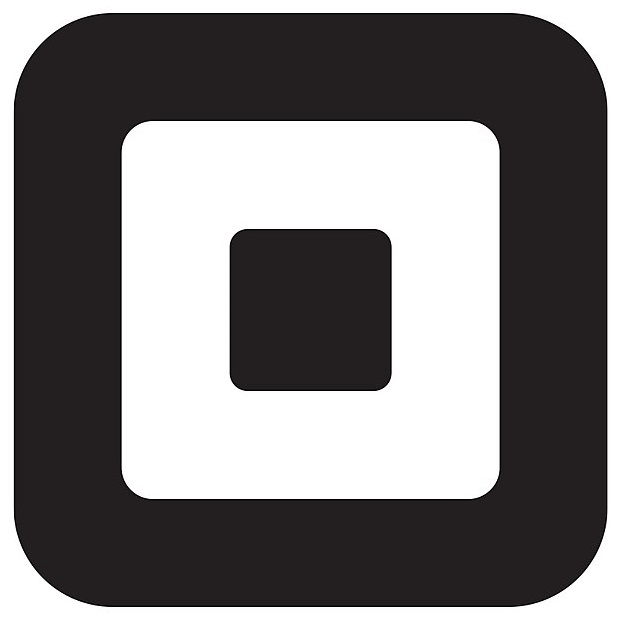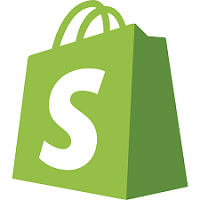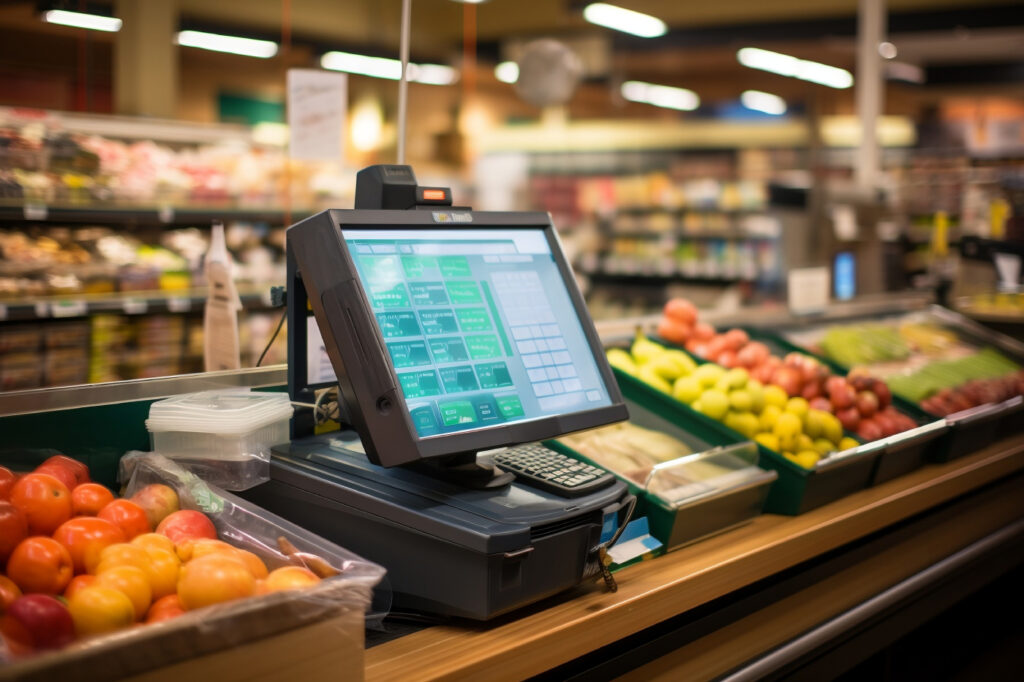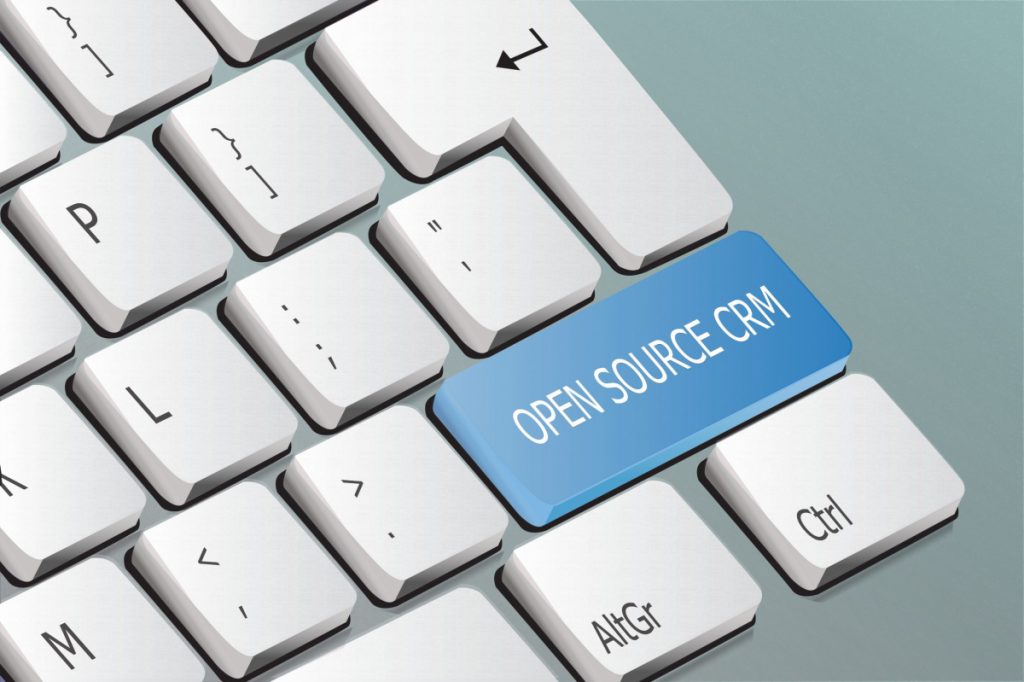For retail and hospitality environments, having a reliable and flexible point-of-sale (POS) system is essential. The best tablet POS systems offer the mobility and convenience needed to process payments, manage inventory, and enhance customer experiences. Whether you’re running a bustling restaurant, a busy retail shop, or a mobile business like a food truck, the right tablet POS system offers a multitude of benefits and conveniences.
This article explores the best tablet POS systems of 2024, highlighting their features, costs, and suitability for different business needs.
Our team of expert software analysts considered more than 20 titles before identifying the top four tablet POS systems:
Expert score
Monthly Software Fee
Compatibility
Industries Served

Square
4.2
$0 – $60 plus
iOS, Android, Square hardware
Retail, restaurants, service businesses

Shopify
4.1
$39-$89 plus
iOS and Android
Retail

Lightspeed
4.0
$69 – $399
iOS and Android
Retail and restaurants

TouchBistro
3.9
$69 plus
iOS
Restaurants
Did you know?
Many restaurant POS systems operate on hardware that is built to tolerate high-heat kitchen environments. Learn more in our guide to the best restaurant POS.

Square: Best overall tablet POS
Overall Reviewer Score
4.2/5
Pricing
4.7/5
Hardware
4/5
Software features
3.5/5
Support and reliability
3.1/5
UX
4.4/5
Pros
- Intuitive interface
- No monthly fees for basic plans
- Retail, restaurant, and appointment-based software options
- Accepts all payment types
- User-friendly reporting features
- Sleek hardware
Cons
- High transaction fees
- Limited customer support for free plan
- Occasional fund holds
Why we chose Square
When you consider the complete package of affordability, ease-of-use, and comprehensive functionality, it’s easy to see why Square has emerged as the leading tablet POS solution. Right off the bat, Square eliminates a major barrier to entry by offering a free version of its POS software, loaded with essential tools like integrated payment processing. This allows even the smallest businesses to get up and running quickly without heavy upfront costs.
But what really sets Square apart is how user-friendly the entire experience is. The interface is clean and intuitive, while the hardware setup with affordable options like the Square Stand make it simple to start accepting payments. Conversely, systems like Lightspeed require complex custom installations.
Despite its simplicity, Square doesn’t sacrifice power. It provides sophisticated customer management and loyalty program capabilities that integrate seamlessly with a vast ecosystem of third-party apps. This open platform flexibility outshines more closed systems like Shopify. And as your business scales, Square allows you to toggle on advanced employee and reporting tools without overcommitting to high monthly fees early on.
Square has also stayed ahead of key retail trends. The ability to manage online and in-person sales through a single system is crucial in our increasingly omnichannel world. And by offering buy now, pay later options — like Afterpay for in-store purchases — Square caters to evolving customer expectations.

Shopify POS: Best for e-commerce integration
Overall Reviewer Score
4.1/5
Pricing
3.4/5
Hardware
4/5
Software features
4.3/5
Support and reliability
4.4/5
Pricing Score
3.8/5
Pros
- Seamless online and offline integration
- Extensive app marketplace
- Easy to use
- Strong inventory management
- Multi-channel selling
- Customizable checkout
Cons
- Higher monthly fees
- Must use Shopify Payments for POS
- Limited offline functionality
Why we chose Shopify
Shopify was included as a top tablet POS system due to its unparalleled native e-commerce capabilities, making it a top choice for businesses operating both online and in physical locations.
Shopify POS natively connects with the Shopify e-commerce platform, providing a unified system for managing sales, inventory, and customer data across multiple channels.
One of Shopify’s significant advantages over competitors like Square and Lightspeed is its omnichannel sales tools. Shopify POS supports sales across various platforms, allowing businesses to manage inventory and sales data in real-time. This is particularly beneficial for retailers who need to synchronize stock levels and order management between their online store and physical outlets.
Shopify POS also excels in inventory management, offering features such as demand forecasting, purchase orders, and detailed inventory reports with the Pro version.

Lightspeed: Best for retail shops
Overall Reviewer Score
4/5
Pricing
3.8/5
Hardware
4.3/5
Software features
4.5/5
Support and reliability
4.4/5
UX
3.8/5
Pros
- Advanced inventory management
- Strong reporting tools
- Multi-location support
- Customizable sales workflows
Cons
- High cost
- Limited Android support
Why we chose Lightspeed
Lightspeed’s inventory management is particularly noteworthy, providing real-time tracking, automated restocking, and the ability to handle product variations with ease. This level of control and precision is essential for retailers managing large and diverse inventories across multiple locations. In comparison, Square’s inventory features are more basic, while Shopify excels in e-commerce but lacks the same depth in in-store inventory management.
Another significant advantage is Lightspeed’s omnichannel capabilities. It allows retailers to unify their online and offline sales channels, ensuring a consistent customer experience and accurate inventory tracking across all platforms. This is a step ahead of Square, which doesn’t offer the same level of omnichannel support. Shopify offers similar e-commerce integration but can become costly when adding necessary in-store features.
Lightspeed also provides detailed reporting and analytics, offering over 40 types of reports that help retailers make informed decisions based on sales data, customer behavior, and inventory trends. Additionally, Lightspeed’s flexible pricing plans, including the Lean, Standard, and Advanced tiers, allow businesses to choose the best fit for their needs, with options for annual contracts providing cost savings.
Also read: Best Retail POS Systems

TouchBistro: Best for restaurants and cafes
Overall Reviewer Score
3.9/5
Pricing
3/5
Hardware
4.5/5
Software features
4/5
Support and reliability
3.8/5
UX
3.8/5
Pros
- Designed for food service
- Tableside ordering
- Easy-to-use interface
- Scalable to brick-and-mortar
Cons
- Quote-based pricing
- Limited customizations
- Can be expensive with add-ons
Why we chose TouchBistro
When you’re running a bustling cafe or a fast-paced restaurant, an intuitive POS system can make or break your efficiency. This is where TouchBistro beats out the competition. Its user-friendly interface is purpose-built for these types of environments where quick service is everything. And the fact that it can operate offline is a plus for mobile businesses dealing with spotty internet connectivity.
TouchBistro offers tableside ordering, allowing servers to instantly fire off orders to the kitchen from a customer’s table. This streamlined ordering process reduces errors and bottlenecks to keep lines moving.
In addition to front-of-house capabilities, it also provides inventory management and templated, streamlined reporting tools tailored to the unique needs of food businesses. Owners can easily track stock levels and sales data to make smart ordering and staffing decisions.
Key components of tablet POS
Tablet POS systems consist of several essential components that work together to streamline business operations.
The primary component is the tablet itself, which serves as the central interface for processing transactions and managing sales data. Most tablet systems include app-based, user-friendly POS software that handles sales, inventory, and customer management.
Payment processing hardware, such as card readers or contactless payment devices, is another crucial element, enabling secure and efficient transactions. Additional peripherals like receipt printers, barcode scanners, and cash drawers can be integrated to enhance functionality and meet specific business needs.
Connectivity is also vital, with Wi-Fi or mobile data ensuring the system operates smoothly, even in dynamic environments. These components collectively provide a comprehensive solution for modern business management.
Benefits of using tablet POS systems
Tablet POS systems offer numerous benefits that enhance business operations and customer experience. Their mobility allows staff to process transactions anywhere within the business premises, reducing wait times and increasing service efficiency.
The intuitive interface and touchscreen functionality make them easy to use, minimizing training time for employees. Integration with other business systems — such as inventory and customer relationship management — provides real-time data access, improving decision-making and operational efficiency.
These systems are often more cost-effective than traditional POS setups, with lower initial hardware costs and flexible software pricing plans.
Additionally, tablet POS systems are highly scalable, allowing businesses to easily add additional POS terminals and new features and capabilities as they grow. Enhanced customer engagement through features like email receipts and loyalty programs further solidifies their value.
Also read: Best POS Software Choices for Customer Rewards
Challenges of tablet POS and how to overcome them
Challenge: Connectivity issues can disrupt the operation of tablet POS systems, especially in areas with poor Wi-Fi or mobile signal.
Solution: Ensure a reliable internet connection and consider offline functionality in your POS system to maintain operations during connectivity outages.
Challenge: Security concerns, including data breaches and unauthorized access, can compromise sensitive business and customer information.
Solution: Use secure, PCI-compliant payment processing solutions, enable encryption, and implement strong password policies and user permissions to protect data.
Challenge: Hardware limitations, such as battery life and durability, can affect the reliability of tablet POS systems in demanding environments.
Solution: Invest in high-quality, rugged tablets designed for business use and have backup power options like portable chargers or docking stations available.
Finding the right tablet POS for your business
Choosing the right tablet POS system is essential for optimizing business operations and enhancing customer experiences. Square stands out for its versatility and affordability, Clover for customization and scalability, TouchBistro for tailored solutions for restaurants, bars, and cafes, Lightspeed for advanced inventory management in retail, and Shopify for its e-commerce integration.
Tablet POS systems offer significant benefits such as mobility, ease of use, real-time data access, and cost-effectiveness. However, they also come with challenges like connectivity issues, security concerns, and hardware limitations. Addressing these challenges with robust solutions ensures smooth operations.
The selection of a tablet POS system should be based on specific business needs, operational environments, and growth plans. Whether managing a small cafe, a bustling restaurant, a retail shop, or a mobile food truck, the right POS system can transform operations, improve customer satisfaction, and drive business success.





